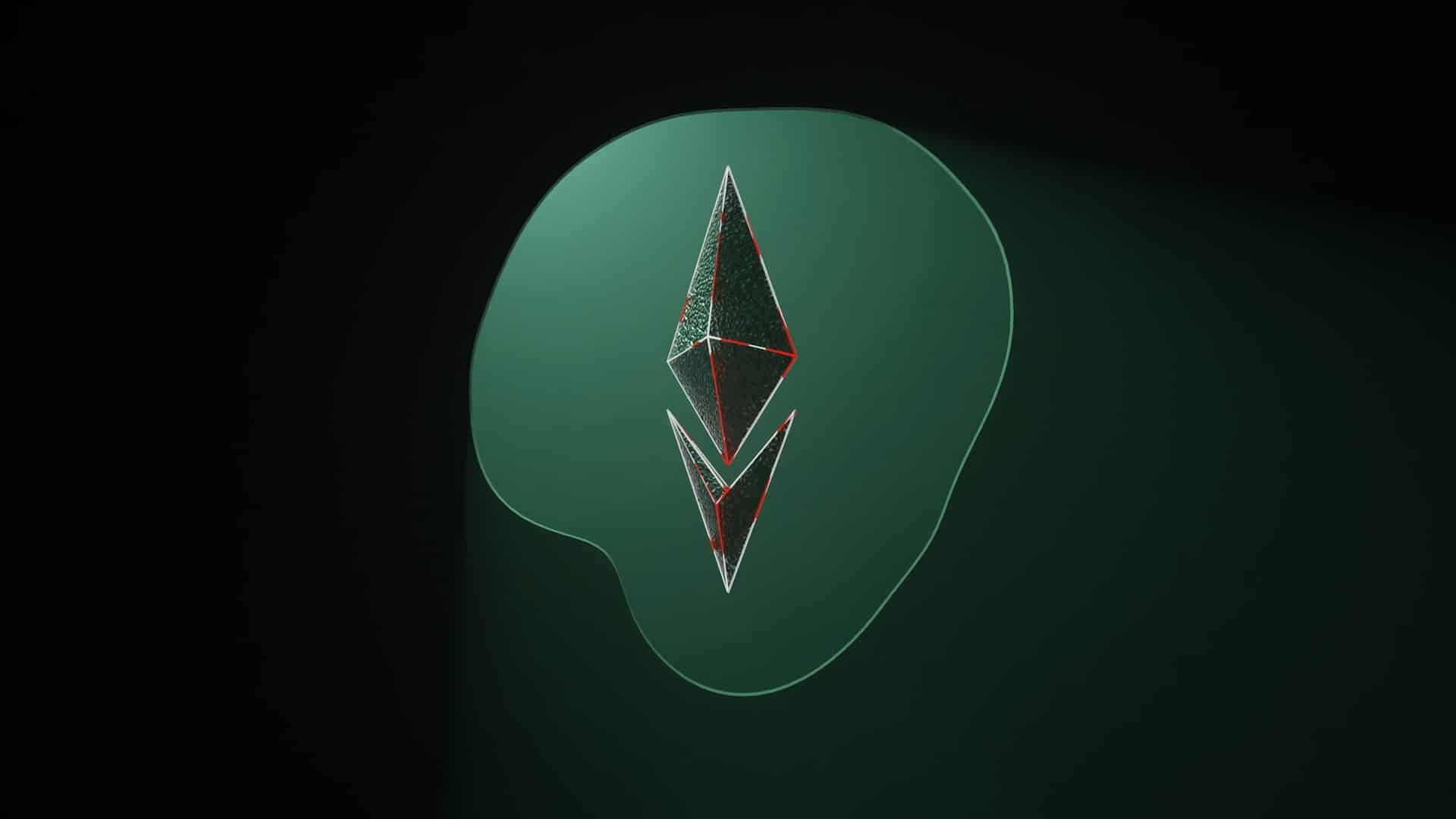A concept you will encounter in your interaction with Ethereum is Gwei. This term is the key to understanding transaction costs, network congestion, and the general operations of the Ethereum ecosystem.
This article delves into the world of Gwei, explaining what it is and how you can determine it.
What Is the ETH Gwei?
Gwei is a denomination for gas costs on the Ethereum network. The name is short for gigaWei, which is derived from blending two terms, giga and Wei.
The latter is the smallest fraction of Ether (ETH), the blockchain network’s native cryptocurrency. Giga, on the other hand, denotes a billion, so Gwei comprises a billion Wei.
Similarly, one Gwei amounts to a billionth of Ether (0.000000001 ETH). So, a transaction costing 50 Gwei will set you back 0.000000050 ETH. Although there are other smaller ETH denominations, it is the most popular and appropriate means of paying gas fees on Ethereum.
Before delving into how Gwei works, it is essential to explain gas.
Gas refers to fees that users incur to verify their transactions on the Ethereum blockchain. The fees are central to the network’s functioning as they incentivize verifiers (nodes that validate transactions) and entrench decentralization.
How Does Gwei Work?
As the defacto payment medium, Gwei is crucial to the Ethereum gas system, determining the fees for executing different transactions on the network.
Here’s a brief overview of its components and their functioning:
- Gas: The compensation validators pay to approve their transactions on the blockchain. Every operation has its set gas units.
- Gas Price: The fee in ETH expressed in Gwei that a user sets for their transaction. Higher prices fast-track the validation of transactions.
- Gas Limit: The maximum gas a user is willing to pay for the transaction. The transaction fails if the gas required exceeds this ceiling.
- Dynamic Gas: The gas prices vary depending on the network conditions.
- Priority fees: Users may sometimes pay additional fees to incentivize validators to prioritize their transactions
Determining Gwei on the Ethereum Network
Multiply the gas limit by the price to calculate the transaction fee. We can express this statement mathematically as follows:
Transaction Fee (ETH) = Gas Limit * Gas Price (Gwei) / 1,000,000,000
For instance, if your transaction’s gas limit is 21,000, and the price is 50 Gwei, the total fee would be 1,050,000 Gwei or 0.00105 ETH.
Several factors can affect the amount of Gwei users pay. These include:
- Network State: Gas prices rise during periods of network congestion as users compete for limited resources. Consequently, transactions at those times are expensive. The reverse is true for non-peak hours.
- Nature of the transaction: Complex transactions, like using a smart contract or decentralized application (dApp), incur more Gwei and vice versa.
- Base Fee: This is the minimum price validators will accept to process a transaction.
- Priority Fee: As stated, this is an optional fee. Paying it increases your expenditure and motivates the verifiers to prioritize your transaction.
Explaining Other Ether Denominations
While Gwei dominates transaction fees, understanding the wider Ether denomination landscape can be immensely beneficial. Here’s a quick breakdown of the key players:
- Wei: This is ETH’s smallest unit. While rarely used directly for fees, it provides granular precision for calculations. It draws its name from Wei Dai, an outlier in cryptography famed for developing b-money, which included the creation of Bitcoin.
- Kwei: This is the second smallest measure of Ethereum. It is worth a thousand wei and is also known as Babbage, after Charles Babbage, a pioneer in computer automation.
- Mwei: This unit is also nicknamed Lovelace after Ada Lovelace, who laid the foundation for using algorithms. It comprises a million wei and is one step lower than Gwei.
- Twei: Also named Szabo after Nick Szabo, a trailblazer in cryptography and digital assets, this unit is worth a thousand Gwei. It offers a convenient scale for fees associated with significant transfers or complex smart contract interactions.
- Pwei: Ethereum enthusiasts also refer to this denomination as the Finney. It derives its name from Hal Finney, one of Bitcoin’s founding fathers, and contains a million Gwei. It is handy in substantial transactions, like purchasing a plot of virtual land or funding a large-scale decentralized application (dApp).
- Ether: It is the native crypto powering Ethereum. It is nicknamed Buterin, after Vitalik Buterin, Ethereum’s founder.
Understanding these denominations empowers users to make informed decisions when interacting with the Ethereum network.
Why Is Gwei Crucial to Ethereum Transactions?
Gwei’s significance goes beyond just fueling transactions. It’s the cornerstone of a dynamic and efficient ecosystem with several key benefits:
- Precise Fee Calculations: Gwei’s granular nature allows for accurate fee estimations, eliminating rounding errors and ensuring users pay exactly what their transactions demand. This precision is essential for small transactions and micropayments, which would otherwise be impractical with larger denominations.
- Efficient Resource Allocation: The dynamic Gwei price system acts as a market mechanism, incentivizing validators to prioritize transactions offering higher fees. This ensures network resources are allocated efficiently, with complex or urgent transactions receiving faster processing times.
- Transparent Fee Structure: Gwei’s clear and straightforward pricing model eliminates any ambiguity surrounding transaction costs. Users can easily understand the fee associated with each interaction, promoting trust and transparency within the Ethereum Virtual Machine.
Bottom Line
In a nutshell, Gwei isn’t just a fee; it’s the lifeblood of the Ethereum network. It fuels transactions, incentivizes verifiers, and ensures smooth resource allocation, all while maintaining transparency and decentralization.




